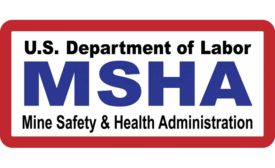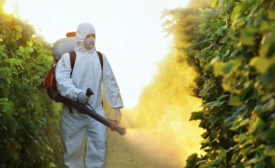News
A ProPublica story
A wide-open door for pesticide lobbyists at the Agriculture Department
A former lobbyist for the pesticide industry now leads the deregulatory team at the U.S. Department of Agriculture. Visitor logs show old ties remain strong.
November 15, 2017
“Amtrak’s safety culture is failing”
Harsh criticism from NTSB after fatal train derailment
November 15, 2017
A Confined Space blog post
The lake, it is said, never gives up her dead…
November 14, 2017
A FairWarning story
California throttles down pollution from small engines
November 14, 2017
Never miss the latest news and trends driving the safety industry
eNewsletter | Website | eMagazine
JOIN TODAYCopyright ©2024. All Rights Reserved BNP Media.
Design, CMS, Hosting & Web Development :: ePublishing








